Do you have a need to measure current, but don’t know how? Have you ever wished that there was an easy solution for doing some quick current measurements? Well, now there is – with the use of an oscilloscope! An oscilloscope is a device used in many laboratories and settings to enable users to visualize electrical signals. In this blog post, we’ll explore what it takes to measure current using an oscilloscope by first understanding the basics of the device itself before delving into different techniques and strategies for making successful readings. Keep reading if you want to learn about simple steps that can make your measuring process much faster and more accurate!
The Problem with Oscilloscopes
However, when trying to use an oscilloscope to measure very low current levels, there can be a few problems. The sensitivity of the probes used with oscilloscopes can vary greatly from one model to another, making it difficult to accurately measure small amounts of current. Additionally, as the frequency increases or decreases, the distortion due to capacitive reactance and inductive reactance becomes more pronounced. This can make it hard for the oscilloscope’s circuitry to handle the signal correctly.
To solve these issues, users must ensure that they have high-quality probes that are well matched to their particular application as well as use additional components such as resistors or capacitors in order to properly attenuate the signal. Additionally, users should be aware that the bandwidth of their oscilloscope will limit how accurately they can measure current levels at higher frequencies. As such, it is important that users select a model with an appropriate range for their measurement needs. Finally, users should also take into account any other factors that may interfere with or distort the signal being measured.

By taking these considerations into account when setting up and using an oscilloscope to measure current, users can ensure they get accurate readings without any distortion or interference. With careful setup and maintenance, an oscilloscope can provide precise measurements of current in a wide variety of applications. [1]
How to Measure Current With an Oscilloscope
Using a Shunt Resistor
One of the most common methods of measuring current with an oscilloscope is to use a shunt resistor. A shunt resistor is a low-value, precision resistor connected in series with the circuit being measured. It acts as a voltage divider, with the voltage across it proportional to the amount of current flowing through it. To measure current, you connect the two ends of the shunt resistor to channels on your oscilloscope and set both channels to measure voltage. The voltage drop across the shunt will be proportional to the amount of current flowing through it, so you can calculate the exact amount of current using Ohm’s law.
Using a Current Probe and Oscilloscope
The simplest way to measure current with an oscilloscope is to connect a current probe around the conductor carrying the current. A current probe is a device that couples two conductors, senses the current flowing in one conductor and generates a voltage proportional to this current in the other conductor. By connecting a high-impedance oscilloscope input across the second conductor, you can observe both magnitude and waveform of the sensed current by monitoring the generated voltage at your oscilloscope’s display.
Depending on which type of current probe you are using (AC or DC), you may need additional components such as AC/DC converters or bridge amplifiers. Also, it is important to select a range for the probe that matches your expected current levels. Once you have connected the current probe and oscilloscope, you will be able to take a time-domain representation of the measured current or use standard oscilloscope measurements such as RMS or AC peak values.
Using a Hall Effect Current Sensor and Oscilloscope
For higher-precision current measurements, especially for low currents (in the milliamp range), a hall effect sensor is often used instead of an inductive probe. A hall effect sensor is an electronic component that detects magnetic fields and produces a voltage proportional to the strength of that field. A special type of hall effect sensor, called a “hall effect current sensor”, can be connected in series with the conductor carrying the current that needs to be measured. This will generate a small magnetic field proportional to the current being sensed.
By connecting an oscilloscope across the output of the hall effect sensor, you can measure and observe both magnitude and waveform of the current passing through it. Similar to inductive probes, AC/DC converters or bridge amplifiers may be required depending on which type of hall effect sensor you are using (AC or DC). Additionally, it is important to select a range for the probe that matches your expected current levels and take account of any offset voltage at the sensor’s output. [2]
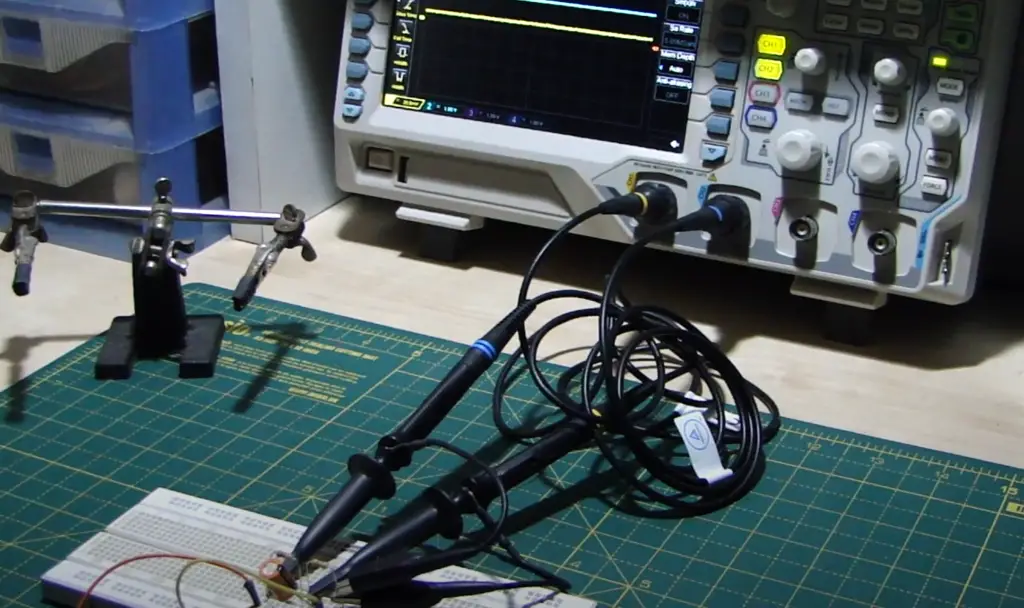
Types of Current Probes for Oscilloscopes
Clamp-on Current Probe
A clamp-on current probe is the most common type of current probe used when measuring current with an oscilloscope. This type of probe wraps around the conductor being measured and does not require disconnecting it from its power source or other components. These probes can measure both AC and DC currents, as well as low frequency signals up to 100kHz. They are usually equipped with a built-in amplifier that amplifies the signal for easier analysis of small changes in the wave shape.
Clip On Current Probes
Clip on current probes are similar to their clamp-on counterparts but they feature clips that connect directly onto a grounded conductor instead of wrapping around it. This makes them more suitable for measurements where interference could be present due to the conductor being grounded. Like clamp-on probes, clip on current probes also have a built-in amplifier that facilitates analysis of small changes in the wave shape. They can measure both AC and DC currents up to 100kHz.
Rogowski Coil Current Probes
A Rogowski coil current probe is a type of non-invasive current probe that uses a coil to measure the magnetic field generated by a conductor. This type of probe is ideal for measuring large currents, up to several hundred amps, and can also be used in high voltage applications. The Rogowski coil does not require contact with the conductor being measured, making it useful for measurements in hazardous environments or where interference could be present. The main drawback of this type of probe is its relatively slow response time compared to other types of probes. [3]

How Do You Use a Current Probe With an Oscilloscope?
When measuring current with an oscilloscope, it is often necessary to use a current probe in addition to the oscilloscope. This is because most oscilloscopes are not designed to directly measure current and may be damaged if you attempt to do so. A current probe acts like a transformer that enables you to safely measure the amplitude of AC or DC currents without overloading your instrument’s input circuits.
The setup for using a current probe with an oscilloscope varies depending on whether the measurement is DC or AC:
- For DC measurements, connect one lead of the current probe to ground and the other lead into one of the channels of your oscilloscope.
- For AC measurements, connect one lead of the current probe into one of the channels on your oscilloscope and leave the other lead unconnected. [4]
When using an AC current probe, you may need to adjust the coupling mode in order for the oscilloscope to accurately measure the data.
How to Measure Inrush Current?
Measuring inrush current with an oscilloscope is similar to measuring regular current. The primary difference lies in the type of current being measured. Inrush current is a short burst of high-amperage power that occurs when powering up a device or component, making it essential to measure accurately and quickly.
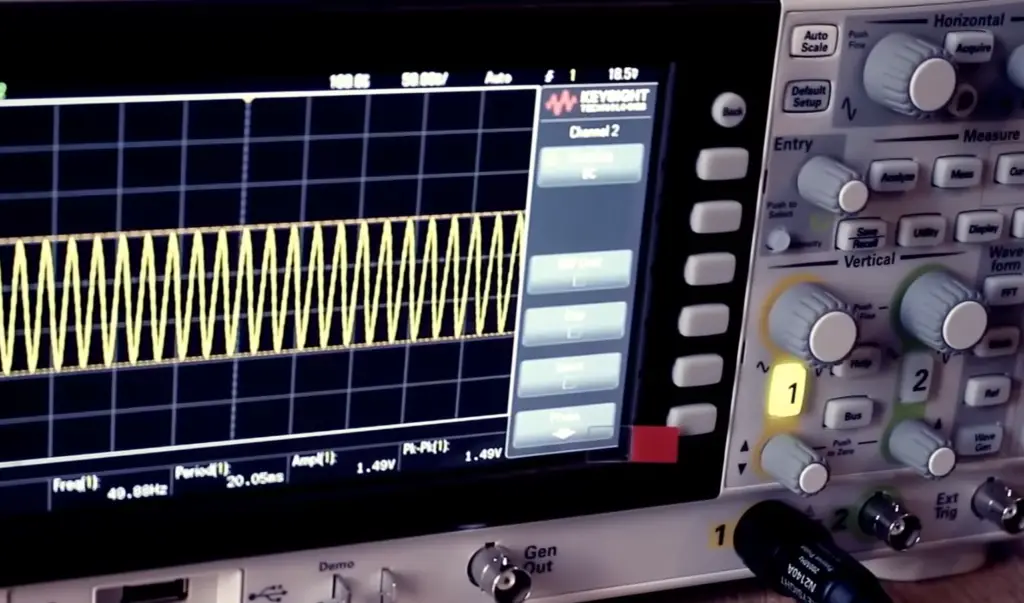
To measure inrush current using an oscilloscope, you will need:
- An AC power source
- A DC power source
- An oscilloscope
- A voltage clamp meter (also known as an ammeter)
- High-voltage leads and probes
- Load resistors for controlling the amount of electricity flowing through the circuit.
Once you’ve gathered all necessary components, follow these steps:
- Connect the AC power source to the voltage clamp meter and set it to measure AC current.
- Connect the DC power source to the load resistors.
- Connect one of the high-voltage leads from the oscilloscope probe to one of the load resistors.
- Turn on the oscilloscope and adjust its settings for inrush current measurements (this will vary depending on your model).
- Plug in or switch on whatever device you are measuring inrush current for, and observe the results on your oscilloscope’s screen!
By following these steps, you can accurately measure inrush current with an oscilloscope easily and safely! [5]
Power Limitations
It is important to keep in mind the power limitations of oscilloscopes when measuring current with an oscilloscope. Basic analog and digital scopes can usually measure up to several hundred milliamps (or 0.3A) before they start experiencing issues due to the power draw from the probes. Specialized high-end scopes may be able to measure much more current, but for most applications this level of current should be sufficient. To measure higher currents, it is best to use a separate clamp meter or ammeter. It is also important to remember that the power associated with higher current measurements can cause significant electrical noise and distortion on the oscilloscope’s display, so make sure that safety precautions are taken if measuring current beyond 300mA. Finally, be aware that some scopes may not have enough power for high current measurements and this could damage the scope or cause inaccurate readings. [6]
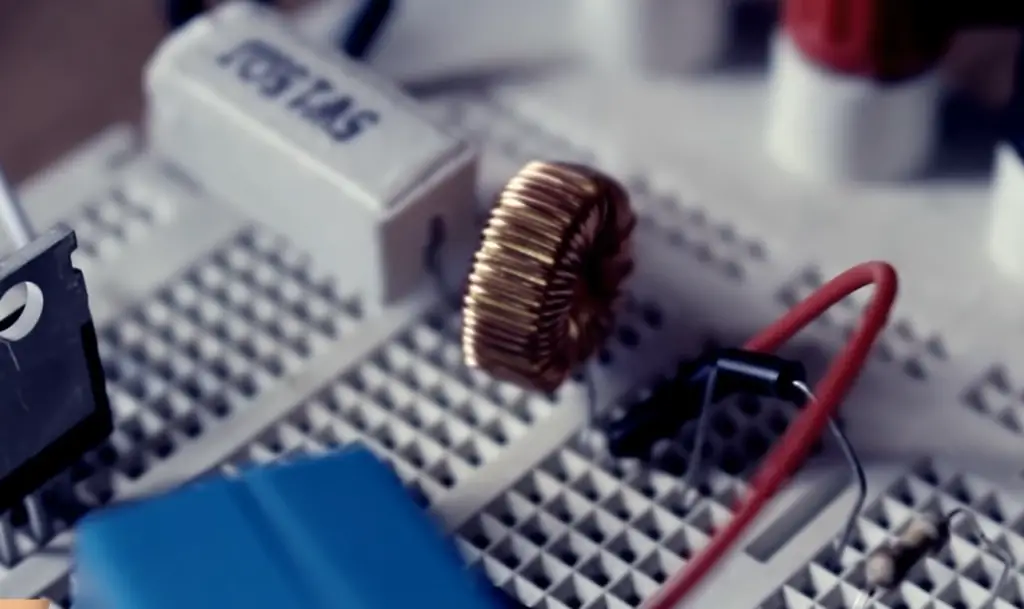
FAQ
How can an oscilloscope be used to measure current?
An oscilloscope can be used to measure current by connecting the oscilloscope probe’s ground lead to the same point as the negative side of the voltage source and then attaching the probe tip directly to the positive side of the voltage source. This will allow a direct measurement of current across the points, with no additional components necessary. The oscilloscope should be set up to show an AC or DC coupling depending on what type of signal is being measured, and any other appropriate settings should also be configured. By measuring across these two points at different times, it is possible to calculate an average current value over time. Additionally, this method allows for very accurate measurements in short periods of time due to its high accuracy in digital signals.
Can an oscilloscope measure AC and DC?
Yes, an oscilloscope can measure both AC and DC. When measuring AC signals, the oscilloscope displays a continuous waveform of the voltage over time. The signal can also be shown in terms of frequency, which is the number of times it repeats each second. When measuring DC signals, the oscilloscope displays a straight line that represents the amplitude or value of the voltage at any given moment. To measure current with an oscilloscope, special accessories such as current probes are needed to convert electrical current into a voltage that can be measured by the scope. This voltage is then displayed on screen along with other parameters such as frequency or power.
Is an oscilloscope a multimeter?
No, an oscilloscope is not a multimeter. A multimeter measures electrical resistance, voltage and current but cannot display the waveform of a signal like an oscilloscope can. An oscilloscope is used to analyze electrical signals by displaying them in the form of a graph or chart, so it can be used to measure frequency, phase shift and other parameters that are difficult to measure with a multimeter. A multimeter can be used to measure the power consumption of components connected to it, whereas an oscilloscope cannot. An oscilloscope is mainly used for troubleshooting electronics circuits and analyzing complex signals such as those created by computers. It is also useful in designing new electronic systems where a detailed understanding of the system dynamics are required.
Can an oscilloscope be used as an ammeter?
Yes, an oscilloscope can be used as an ammeter, provided that the current signal is attenuated and displayed on the oscilloscope’s input channels. This involves connecting current shunts or transducers to the power supply and then routing the resulting voltage signals corresponding to the current being measured into two of the oscilloscope’s input channels. The voltage signal from each channel is then divided by a calibrated resistance value which corresponds to the particular circuit in question. By combining these two signals, the total current passing through that circuit can be calculated and displayed on screen. Additionally, some modern digital oscilloscopes also feature built-in functions specifically designed for measuring currents using this method.
Can CRO measure AC current?
Yes, it is possible to measure AC current with a CRO (Cathode Ray Oscilloscope). To measure the AC current, the CRO needs to be connected in series with the circuit carrying the current. It will need an isolation transformer of suitable rating for this purpose. The oscilloscope must also have an RMS voltage measurement capability which allows it to measure the true AC value of the waveform on its screen. The RMS reading can then be used to calculate the value of the AC current flowing through the circuit. It is important to note that accurate measurements are only possible if measurements are taken at specific points within a cycle, as otherwise any distortion or noise present in the AC waveform may affect accuracy. Additionally, when measuring AC current, it is important to select the correct ranges on the CRO and correctly set any other relevant parameters to ensure accurate readings.
Useful Video: Basics: Measure Current with an Oscilloscope
Conclusion
Using an oscilloscope to measure current is a great way to get real-time diagnostics of the electrical components in your device. An oscilloscope can provide insight into the behavior of electronic circuits over time, allowing you to determine if the circuit is functioning correctly or if there are any problems with it. By understanding how different waves and signals interact with one another, you can use an oscilloscope to troubleshoot issues and improve your design. Make sure to use proper insulation when measuring currents with an oscilloscope, as high voltages may cause harm or damage equipment if not handled correctly. With the right tools and knowledge, you can accurately measure current using an oscilloscope and keep your project running smoothly.
References
- https://www.tek.com/en/blog/how-can-an-oscilloscope-measure-current
- https://articles.saleae.com/oscilloscopes/how-to-measure-current-with-an-oscilloscope
- https://circuitdigest.com/electronic-circuits/how-to-measure-current-with-an-oscilloscope
- https://www.circuitsgallery.com/how-to-measure-current-with-an-oscilloscope/
- https://sciencing.com/measure-current-oscilloscope-6828584.html
- https://sciencing.com/measure-current-oscilloscope-6828584.html





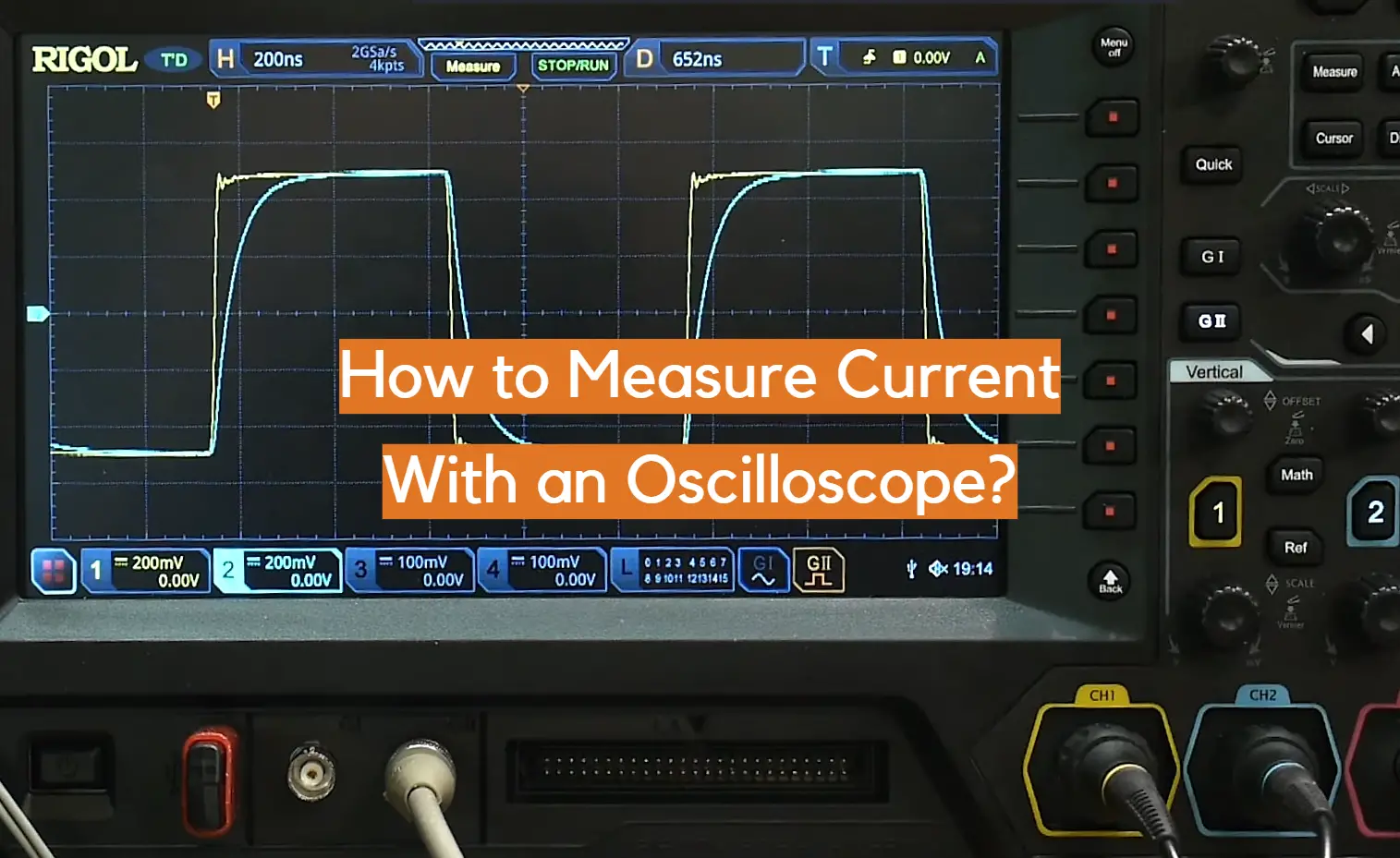




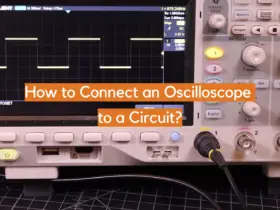
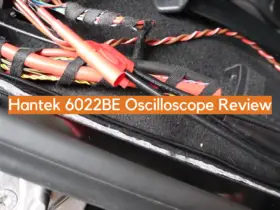
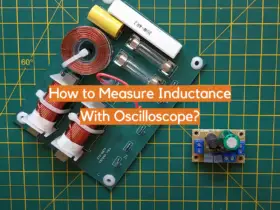
Leave a Reply